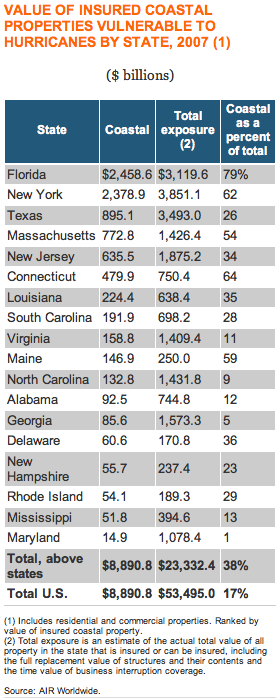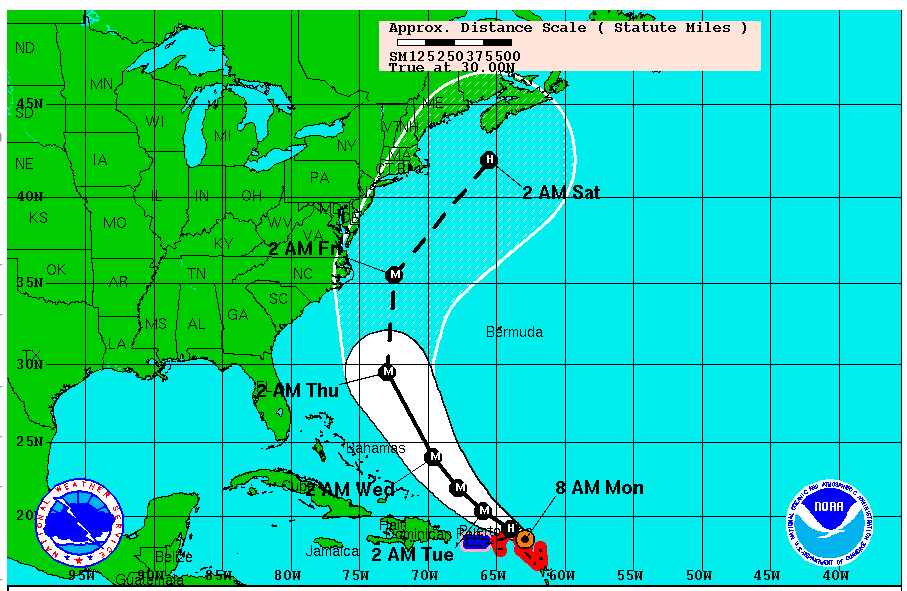Hurricane Irene battered the Caribbean and may now have its sights set on the Mid-Atlantic. It’s still to early to accurately forecast the storms trajectory, but FEMA is urging the entire East Coast to prepare.
After lashing the Turks and Caicos islands and the Bahamas, Irene is projected to skirt Florida and instead hit the Carolina coast by the weekend, but Craig Fugate, the Federal Emergency Management Agency administrator, said Irene’s exact path cannot be predicted this far out.
The storm, he said, will affect a large area.
“People think hurricanes are a Southern thing but people in the mid-Atlantic and Northeast need to take Irene seriously,” Fugate said.
online pharmacy keflex with best prices today in the USA“We have a lot of time for people to get ready but we don’t have forever.”
Last year around this time, there was much made of the damage Hurricane Earl might do well north of the traditional hurricane-exposed region of the country. Then it came and went without any fury to speak of.
That non-event will likely cloud the minds of some who will expect the same result. Hopefully, nothing disastrous will happen. But eventually a storm will make it up to the Northeast. We don’t know when. And that’s why you have to prepare for each as if it may.
Here’s a good article on how to keep track of the storm’s path.




